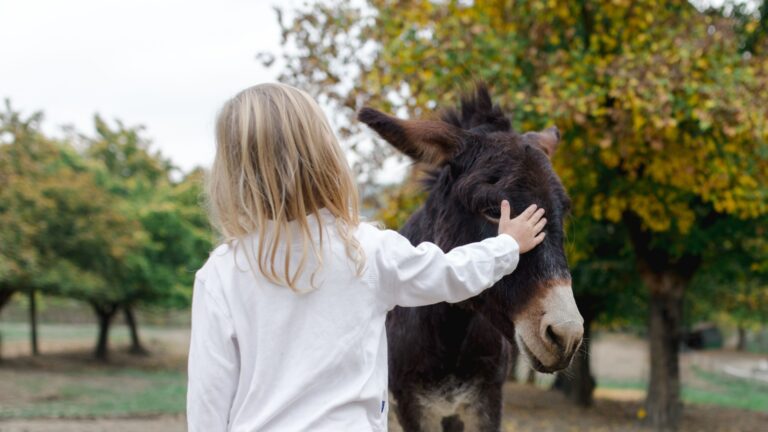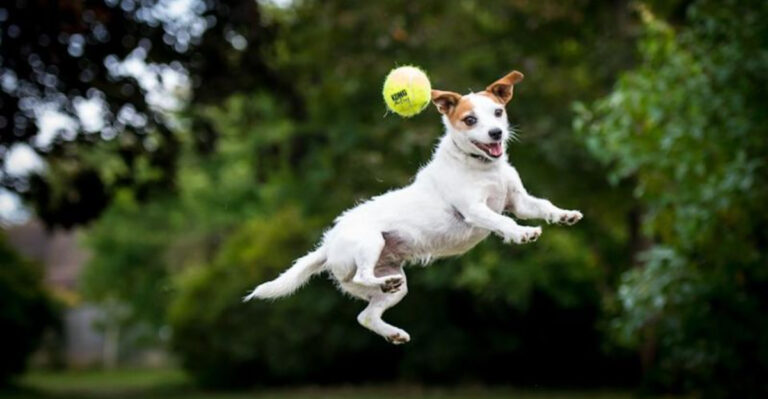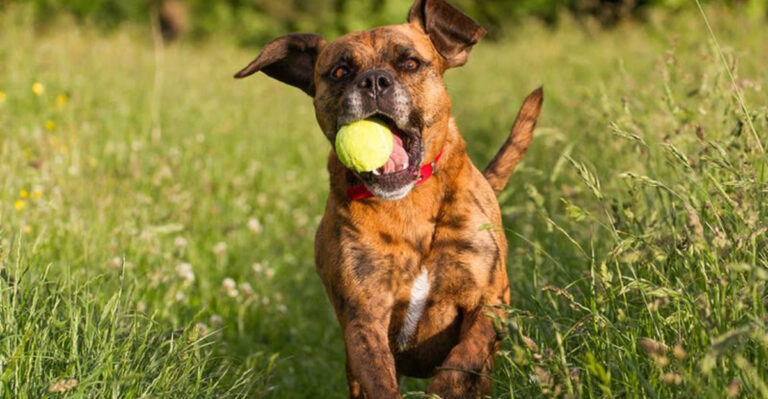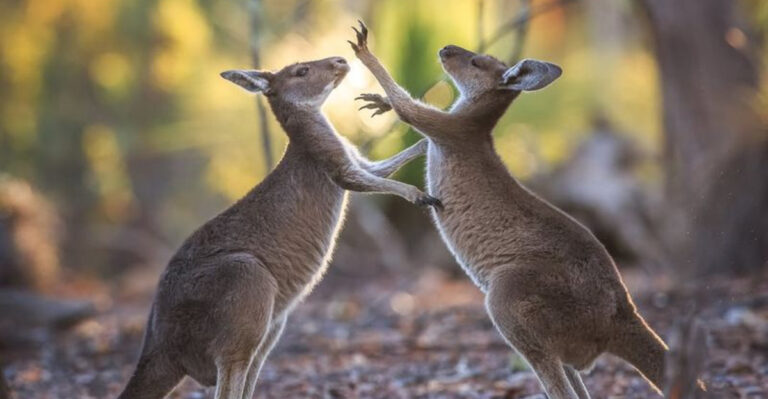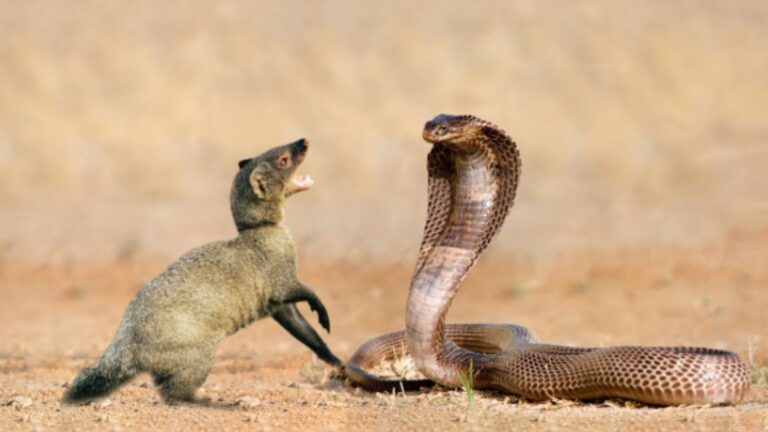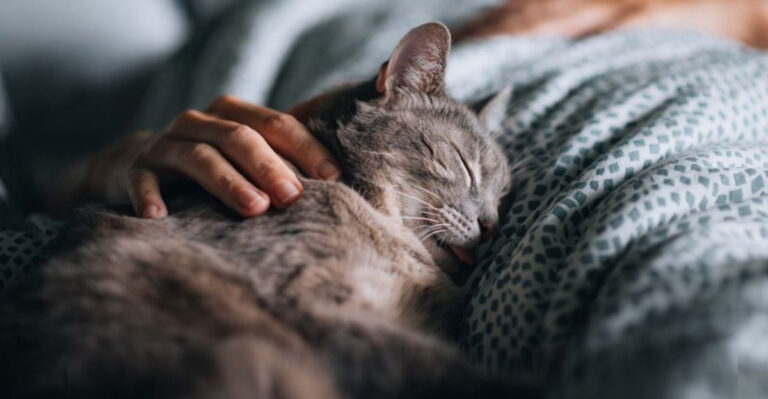12 Animals With The Most Unique Ways Of Raising Their Young
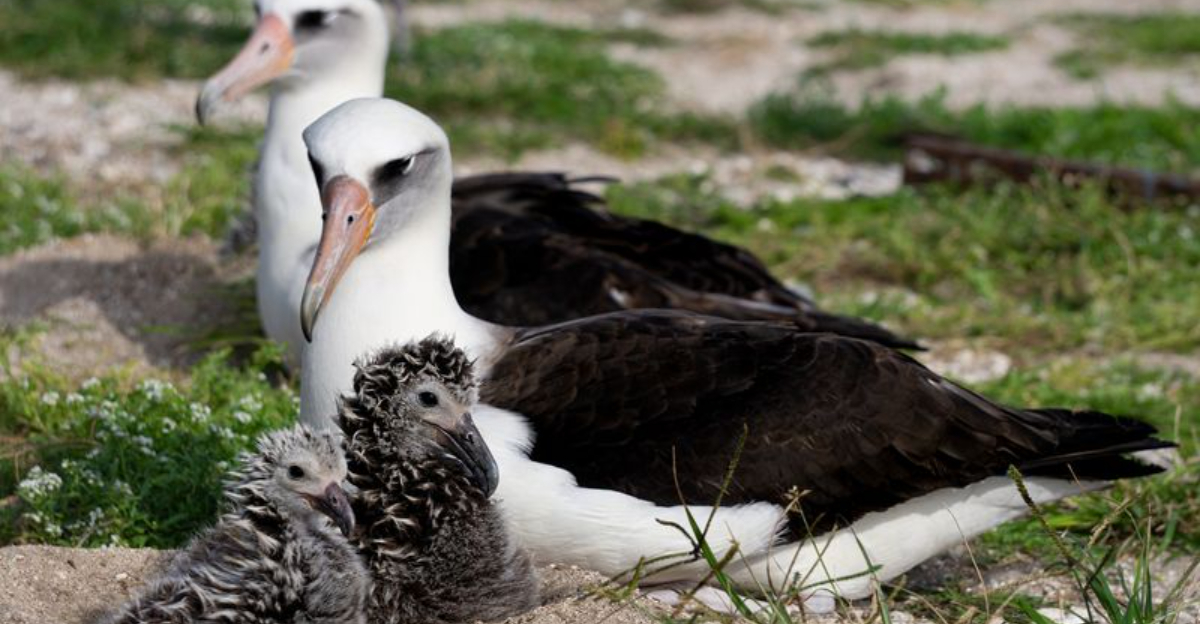
The animal kingdom is full of fascinating parenting strategies that make human child-rearing look simple by comparison.
From fathers who get pregnant to moms who pause their pregnancies, nature has developed incredible ways for creatures to ensure their offspring survive. Let’s explore some of the most extraordinary parenting techniques found in the animal world.
1. Male Seahorses: The Pregnant Dads
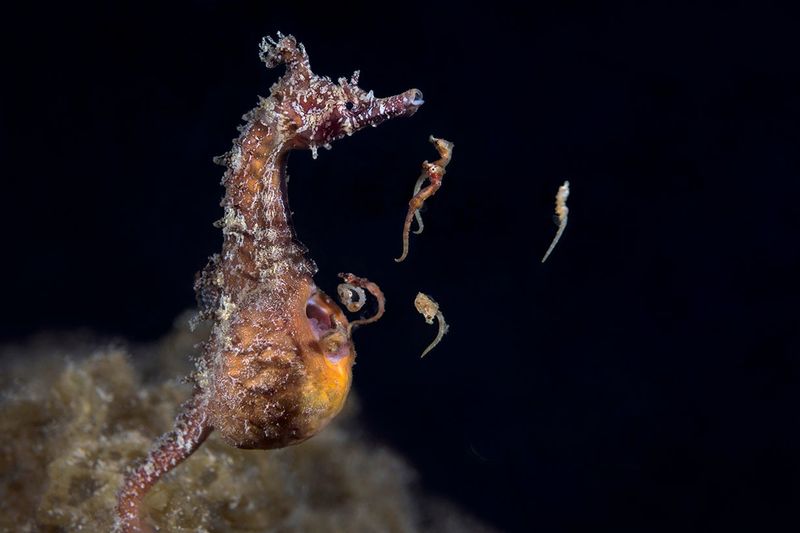
In a complete role reversal, male seahorses actually get pregnant! The female deposits her eggs into the male’s special pouch, where he fertilizes and carries them.
For up to 45 days, dad provides oxygen and nutrients to the developing embryos. When ready, he experiences contractions and forcefully expels fully-formed baby seahorses into the water.
2. Emperor Penguins: The Dedicated Fathers
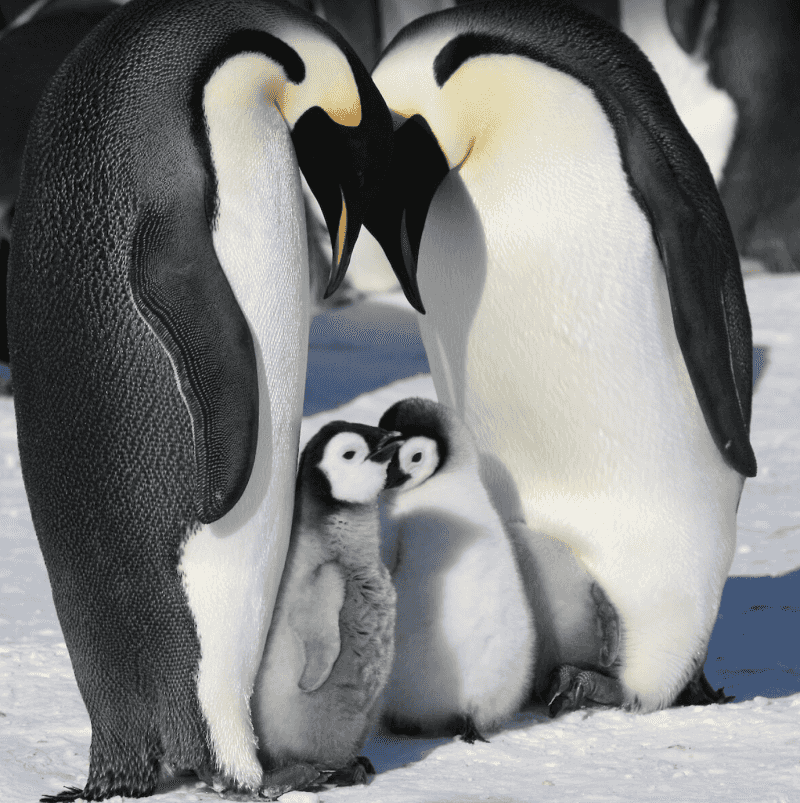
Standing tall against brutal Antarctic winds, emperor penguin dads balance a single precious egg on their feet for two months straight. A special brood pouch keeps the egg at 95°F while temperatures outside plummet to -40°F.
Meanwhile, mom journeys 50+ miles to feed at sea, returning just as chicks hatch.
3. Honeybees: The Collective Nursery
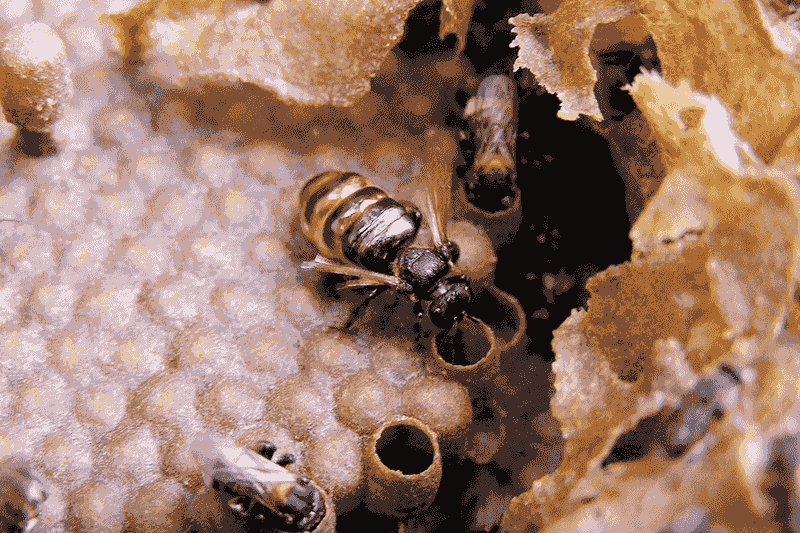
Worker bees transform into living nurseries for their thousands of siblings. These dutiful sisters feed royal jelly to developing larvae, clean cells, and regulate the nursery temperature by fanning their wings.
Each bee’s role evolves as she ages—young workers focus exclusively on brood care before graduating to other hive duties.
4. African Elephants: The Matriarchal Mentors
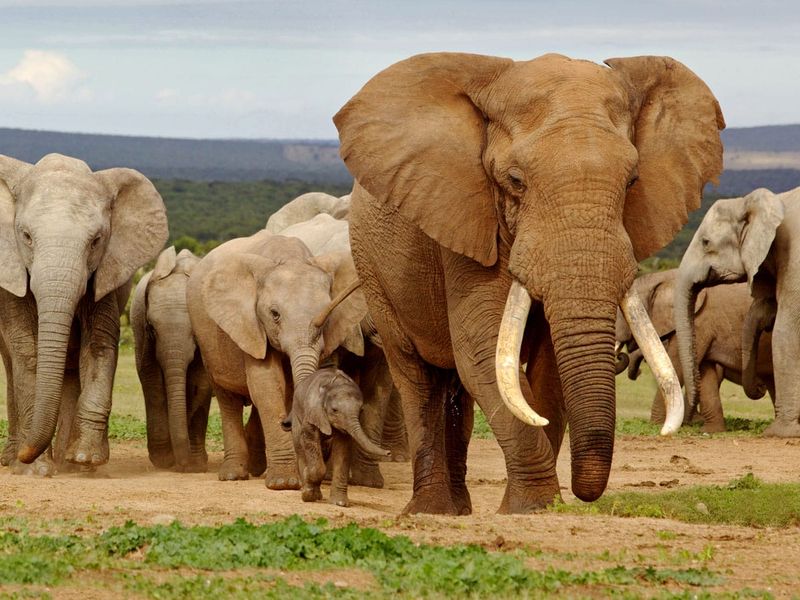
Baby elephants thrive under the watchful eyes of their entire female family. These “allomothers” – aunts, sisters, and grandmothers – create a protective circle around calves, teaching essential survival skills.
When danger threatens, adults form a defensive ring with babies safely tucked inside. This multi-generational teamwork ensures calves learn complex social behaviors and survive their vulnerable early years.
5. Orangutans: The Eight-Year Education
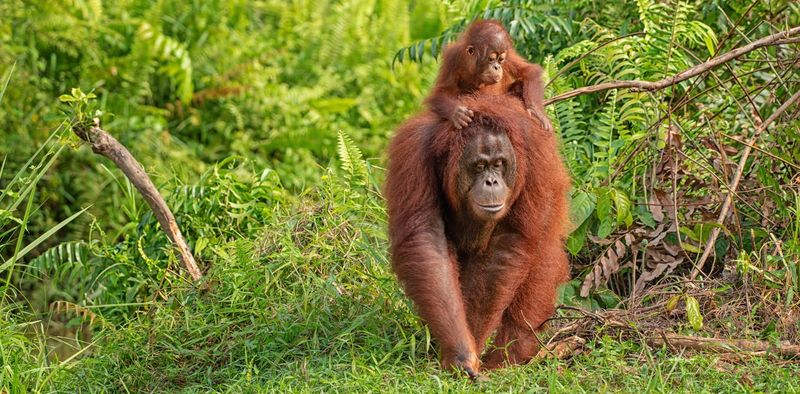
Orangutan mothers invest the longest parenting period of any animal except humans. For eight years, babies cling to mom as she swings through the forest canopy, learning which fruits are safe and how to build nightly sleeping nests.
This extended childhood allows time to master complex foraging skills in their rainforest home.
6. Red Foxes: The Co-Parenting Partners
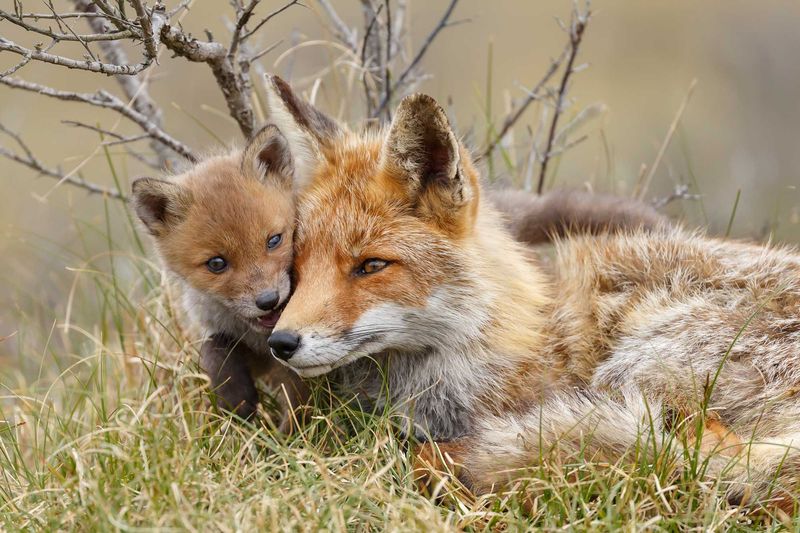
Fox families operate like well-coordinated teams. While vixen mothers nurse and groom the kits, fox fathers tirelessly hunt, sometimes making dozens of trips daily to feed their growing family.
As kits mature, parents stage mock hunts with partially disabled prey, creating safe practice sessions. This graduated training transforms playful pups into skilled hunters.
7. Mouthbrooding Cichlids: The Oral Protectors
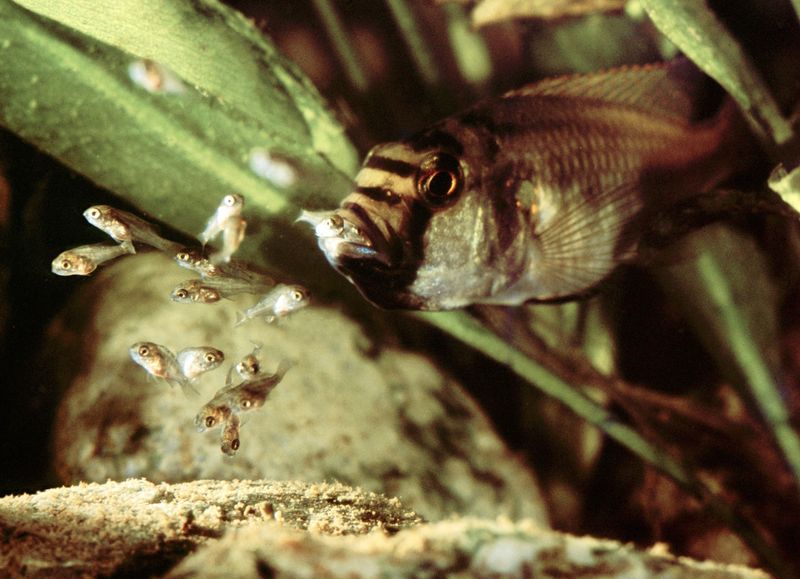
Certain cichlid fish species transform their mouths into living nurseries! After females lay eggs, males fertilize them, then mom scoops the developing eggs into her mouth.
For weeks, she cannot eat while carrying up to 50 offspring. Even after hatching, when danger threatens, the tiny fry dart back into mom’s mouth for protection.
8. Albatrosses: The Lifelong Childcare Partners
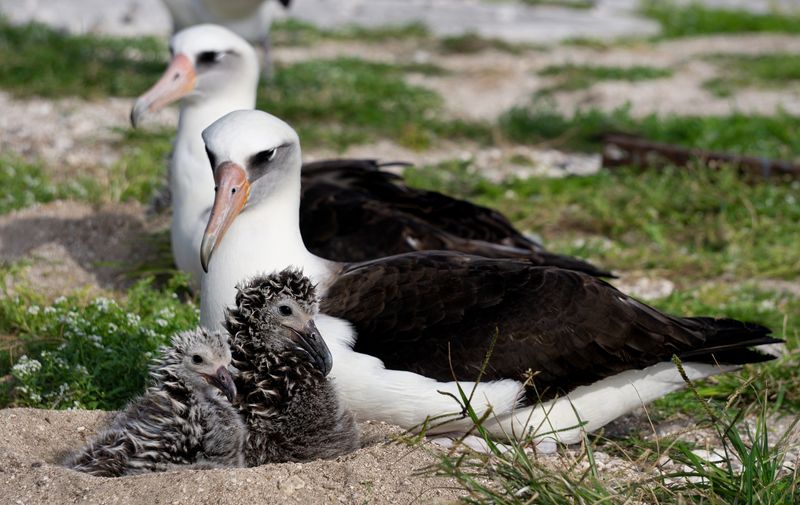
Albatross pairs perform elaborate courtship dances that cement bonds lasting decades. These seabirds share parenting duties with remarkable precision—taking equal turns incubating their single egg for over two months.
Once hatched, both parents fly hundreds of miles to find food, returning to regurgitate meals for their chick during its 8-month development.
9. Kangaroos: The Pregnancy Pausers
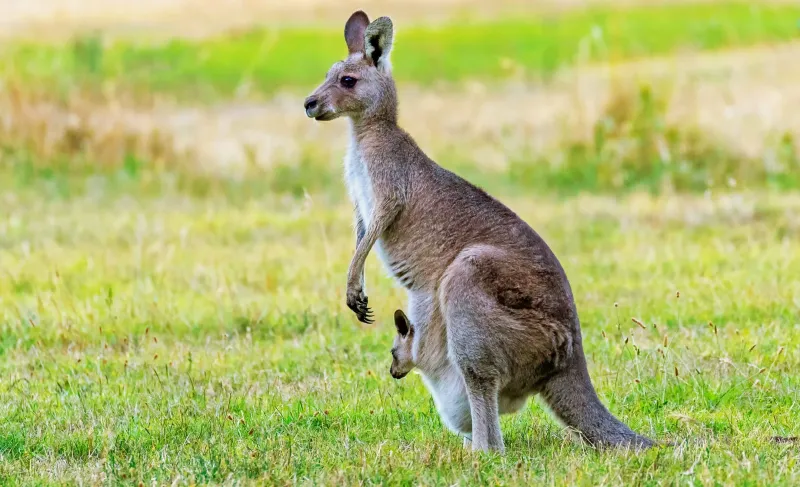
Female kangaroos possess the remarkable ability to pause pregnancy development during harsh conditions. With one joey in her pouch drinking milk, she can simultaneously carry a fertilized embryo in suspended animation.
When the pouch-riding joey matures, the paused embryo resumes growing. This clever system ensures continuous reproduction even during Australia’s unpredictable droughts.
10. Snapping Turtles: The Hands-Off Protectors
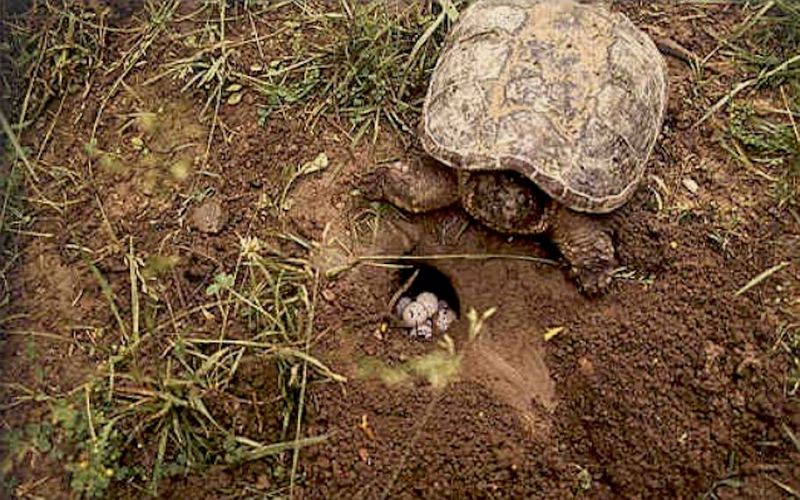
Mother snapping turtles construct elaborate nests, digging chambers where they deposit dozens of eggs before carefully covering them with soil. The temperature of the nest determines whether hatchlings become male or female—warmer nests produce females.
Though mothers leave afterwards, their careful nest construction provides crucial protection during the 80-day incubation period.
11. Starfish: The Mass Producers
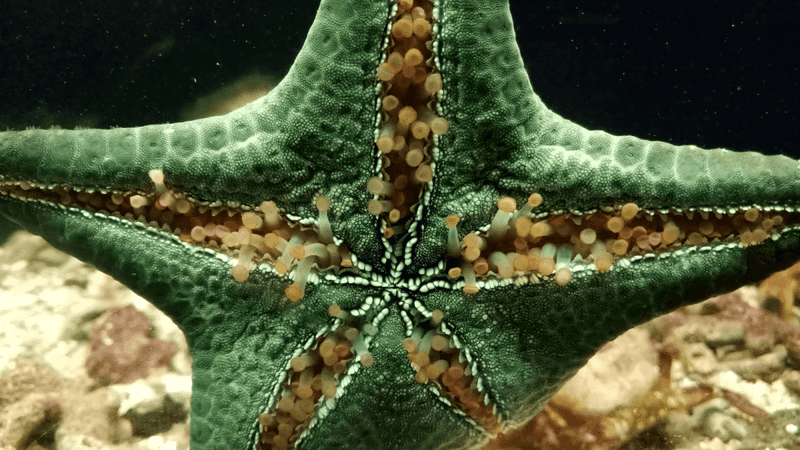
Starfish approach parenthood with overwhelming numbers rather than nurturing care. A single female releases millions of pinhead-sized larvae into ocean currents, where they drift as plankton.
These tiny floating offspring feed themselves while undergoing remarkable transformations. After weeks drifting in currents, survivors metamorphose into miniature starfish and settle on the seafloor.
12. Sandpipers: The Single Dads
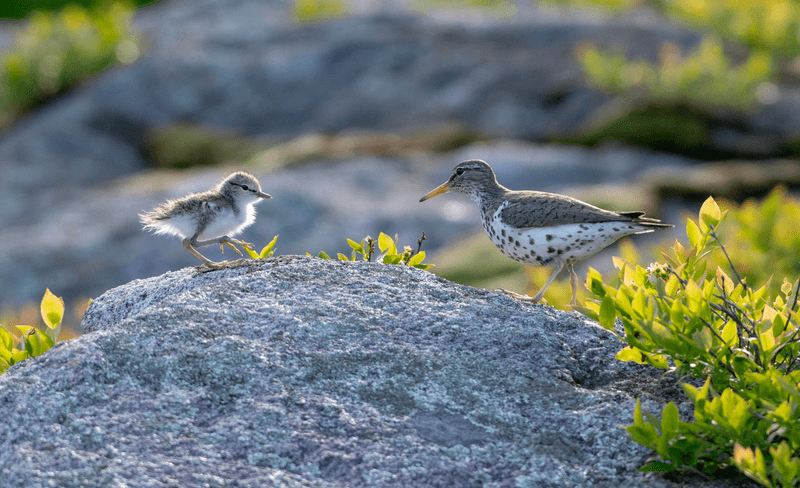
Female phalarope sandpipers break bird gender norms with their flashy plumage and aggressive courtship. After laying eggs, these liberated ladies immediately abandon the nest to seek new mates elsewhere.
Left behind, dedicated fathers handle all incubation duties and chick-rearing responsibilities. These solo dads teach their offspring to feed and protect them until they can fly.

